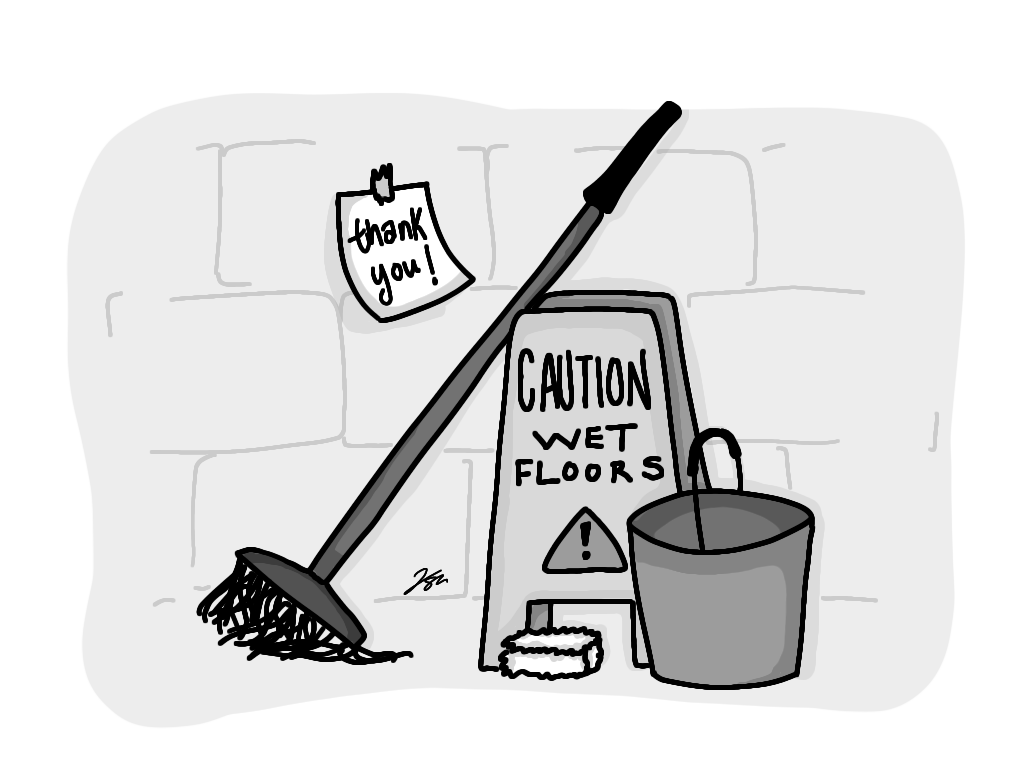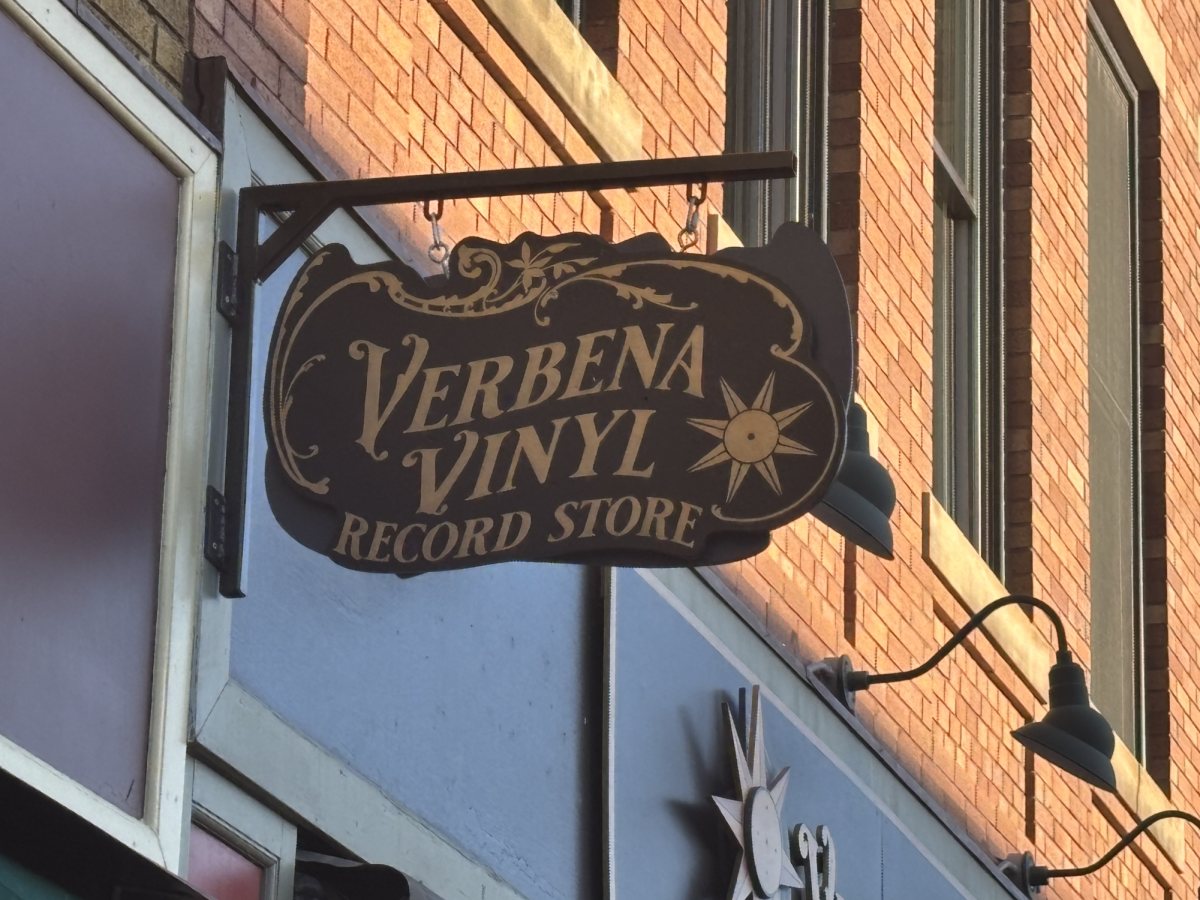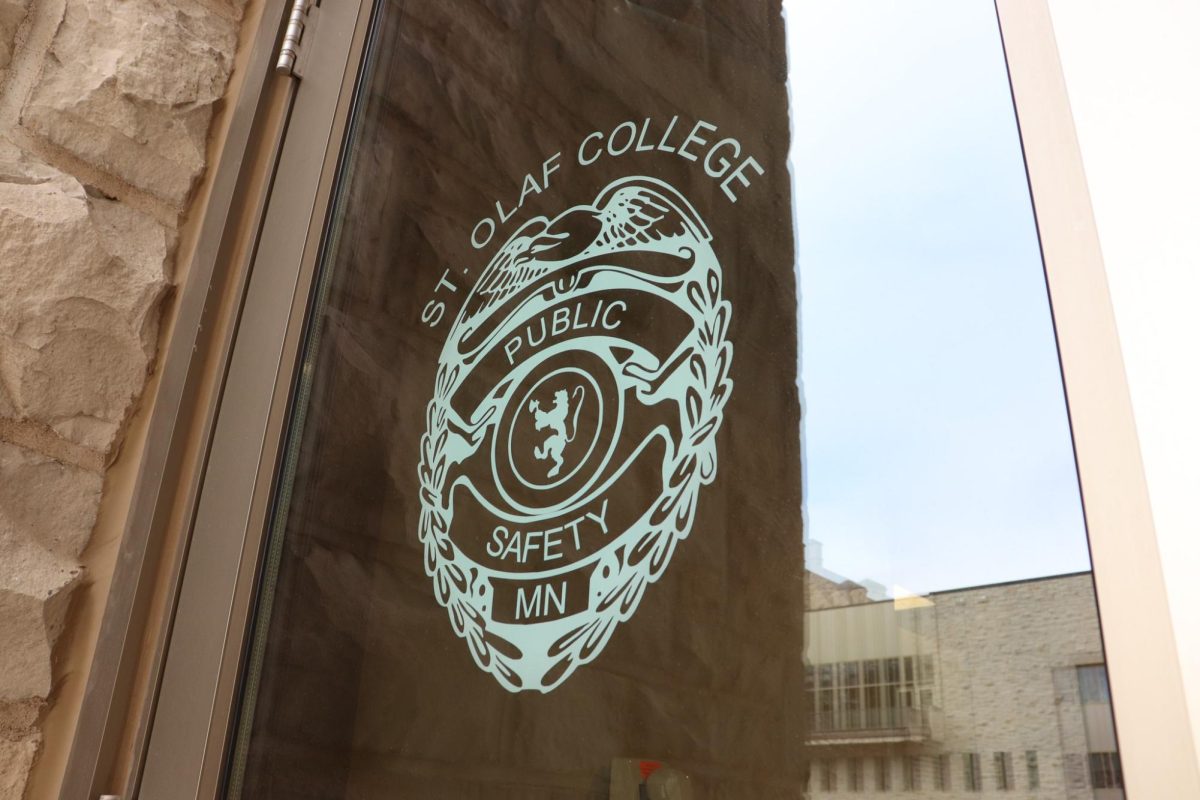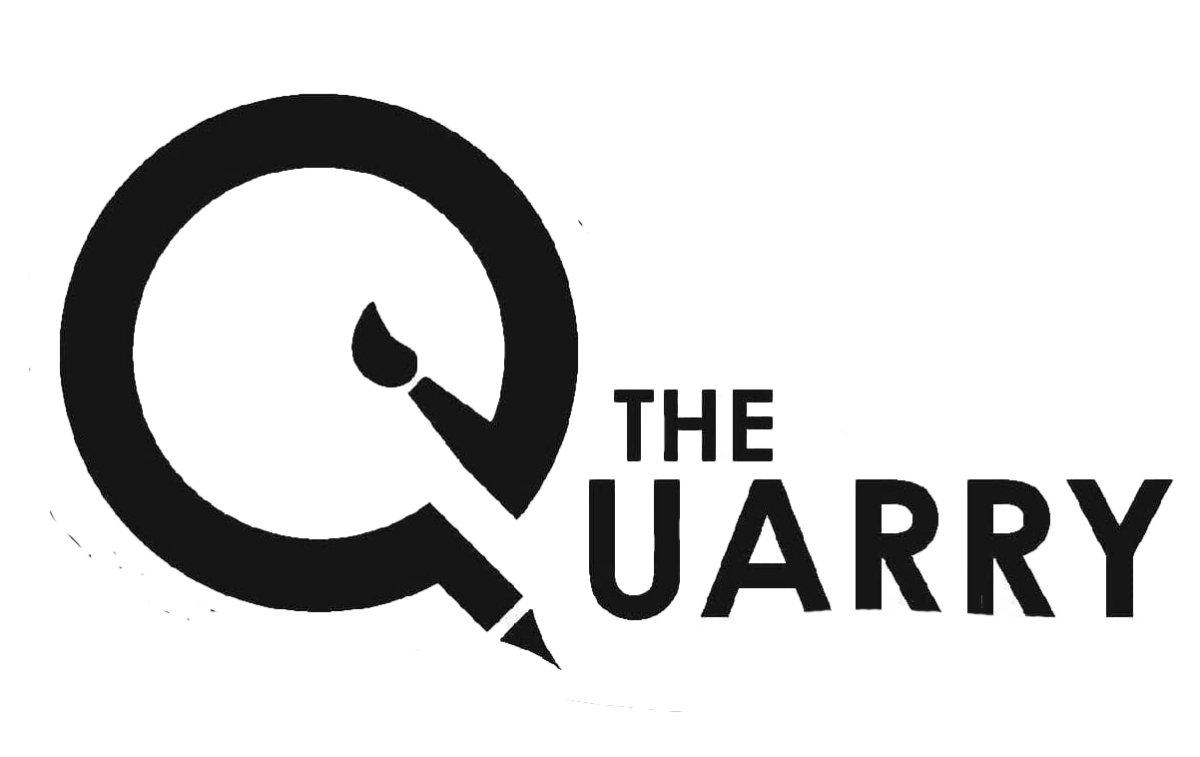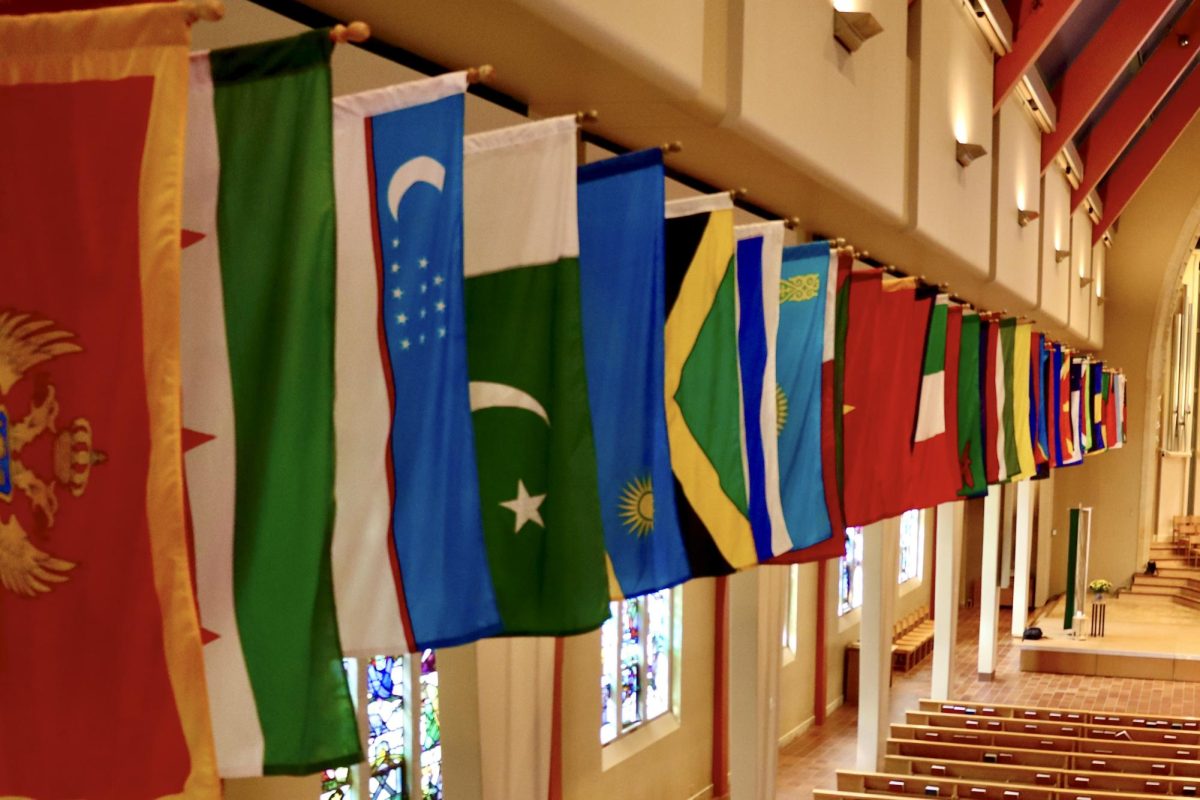On Wednesday, April 27, Caleb Goss ’18 posted a video to YouTube showcasing a percussive composition he created to accompany a professional match of the video game Super Smash Bros. Melee.
The video quickly surged to popularity online, building to over 750,000 views in under a week. Initial support came largely from within the Super Smash Bros. community, prompted by a post on the video game’s subreddit, an interest-based forum on the website reddit. A tweet from professional player Kevin Nanney, also known as PPMD provided additional support, and the two players in the video, Adam Lindgren and William Hjelte, also known as Armada and Leffen, mentioned the video early on in their Twitch streams.
Propped up by early support in the game’s community, the video continued to gain exposure, extending into broader e-sports and general online notoriety. ESPN and The Daily Dot contacted Goss early on and asked to post the video. Numerous other websites including USA Today shared the video and pushed it to the top trending topic on Facebook for a time. Other YouTube accounts also shared in the surprise success, with some making reaction videos to Goss’ original and YouTuber Luis Ramirez editing and reposting the video with an added piano track.
Support also came from the musical community, with many viewers reporting that a tweet by lead singer for the band 21 Pilots Tyler Joseph led them to Goss’s video.
The composition was initially borne out of an assignment for Goss’s Composition I class, where he was tasked to create a piece of music based on unpitched percussion. Stating that he wanted to incorporate his interest in Super Smash Bros. into the project, Goss selected the match between Lindgren and Hjelte to represent musically. Though he does not completely agree with it, Goss said his inspiration came partially from a sentiment of some in the game’s community – that playing Melee is similar to playing jazz because of its improvisatory nature.
“There is some rhythm to this, there is some flow to this, there is some creativity to this – how can I represent that musically?” Goss said.
To represent the movements of the characters, Goss slowed down the video in order to determine each hit down to an eighth of a second.
“I assigned each character’s moveset a hit on the drum and built my instrumentation for the drum kit around that,” Goss said, elaborating that he selected particular types of hits on the kit along with additional percussive instruments to represent the feeling suggested by the in-game blow. He clarified that he did not base his music on the game’s soundtrack, turning that music off when he watched the video in an attempt to avoid leaning on the pre-existing soundtrack artistically.
After creating the composition, Goss approached drummer Andrew Barhite ’19 to perform it for the video. Goss clarified that Barhite’s physical presence in the video was meant to emphasize the combination of the physical and auditory, offering the audience the visual cues of Barhite making drum hits to accompany the character’s movements on screen.
Goss attributed much of the video’s success to the connection of the audio component to the events transpiring on screen. He expressed dissatisfaction with general video game scoring as a static soundtrack, suggesting that this project was meant to feature the individual’s expression.
“It doesn’t allow for a dynamic audio to occur during the gameplay,” Goss said. “He might fight the boss different than everyone else, but he gets the same music.”
Goss intended to demonstrate gaming’s personal aspect.
“It is clear that there is expression to this match, it follows that there is individual expression to every other match and to other games,” he said.
Goss expressed hope for expansion in future projects, outlining his plan to arrange the Super Smash Bros. theme for a jazz trio comprised of alto saxophone, drums and piano.
